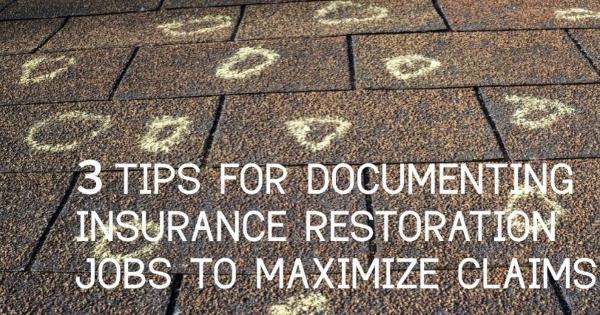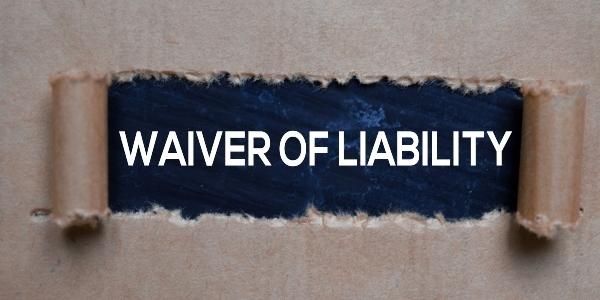3 Tips for Documenting Insurance Restoration Jobs to Maximize Claims

By Kathryn Brill.
Navigating the claims process can be challenging for insurance restoration contractors.
There are often differences between a roofing company’s assessment of the damage and an insurance adjuster’s. The insurance company may call your assessment into question or request further information about the damage. As a result, there can be significant delays between submitting the claim and when work can begin on repairs.
In order to come to a mutual agreement with the insurance company, it’s essential to have extensive documentation of the damage on hand. The better your documentation, the easier it will be to prove that the repairs you plan to do are necessary. This will save time and lead to better outcomes for you and your customers.
Best practices for documenting insurance restoration jobs
Insurance restoration tip #1: Don’t wait to Take notes
Have you ever had a conversation with a customer that you later couldn’t remember? Or waited too long to write down your observations of a damaged property? In the course of a busy day working with many homeowners, particularly soon after a storm, it can be easy to lose track of important information about each individual job.
Once you’ve finished a meeting with a homeowner or an inspection of the damage, it’s important to take notes on what you saw or spoke about as soon as possible. By writing it down while it’s still fresh in your mind, it will be as accurate as possible, and you’ll have a complete record of conversations and inspections to refer to later if an insurance adjuster questions your claim.
With a Field App, you can take your business management software into the field with you on your mobile device. This allows you to add notes to from a homeowner’s front yard, your truck, or anywhere you might happen to be. Since these notes are saved to the associated job file, they’re easy to find again, and you can refer back to them at any time. Using an app simplifies the note-taking process and helps you create a more accurate record of your observations about roofing damage.
Insurance restoration tip #2: Supplement with lots of photos
When it comes to insurance restoration jobs, a picture is definitely worth a thousand words. Insurance companies want to gather as much information about the damage as possible, and they generally ask for more definitive proof than simply a written report. Photos of the damage are the best way to give insurance companies the verification they need for your claims.
The more photos of the job site you can take, the better. Document the specific damage, the property as a whole, and any undamaged areas. Providing a contrast between what’s been damaged by a storm and what was untouched will help make a stronger case for your assessment of the damage. Take more photos than you think you’ll need—if the insurance company asks for a specific photo, it will save time if you already have it handy and don’t have to return to the job site to take it. And annotate the photos with key information for maximum clarity.
Insurance restoration tip #3: Keep job information organized
One way to avoid delays in the claims process is to keep all the information associated with that claim in a single, easily accessible place. Keeping the job information organized makes it easy to refer to it as needed and answer questions about the job. If the insurance company requests more documentation, you won’t have to scramble to find it—you’ll be able to send it immediately
Using a roofing software system simplifies and streamlines organization for insurance restoration contractors. All the information about a job, from photos and estimates to notes and messages, is stored in a single file so you can find it more easily. As you add new information, files update in real time, so it’s always accurate. In many cases, adding information to a file is as simple as clicking a button or selecting a tag.
Improving your documentation will ultimately improve your efficiency. The more quickly you can come to an agreement with the insurance company about the damage claims, the more quickly work can begin. By staying organized, keeping accurate notes, and taking lots of photos, your insurance restoration business can maximize your claims and help the homeowner get much-needed repairs without extensive delays.
Learn more about the MRCA in their RoofersCoffeeShop® Directory.
Source: The Ultimate Guide to Building and Growing an Insurance Restoration Roofing Business























Comments
Leave a Reply
Have an account? Login to leave a comment!
Sign In